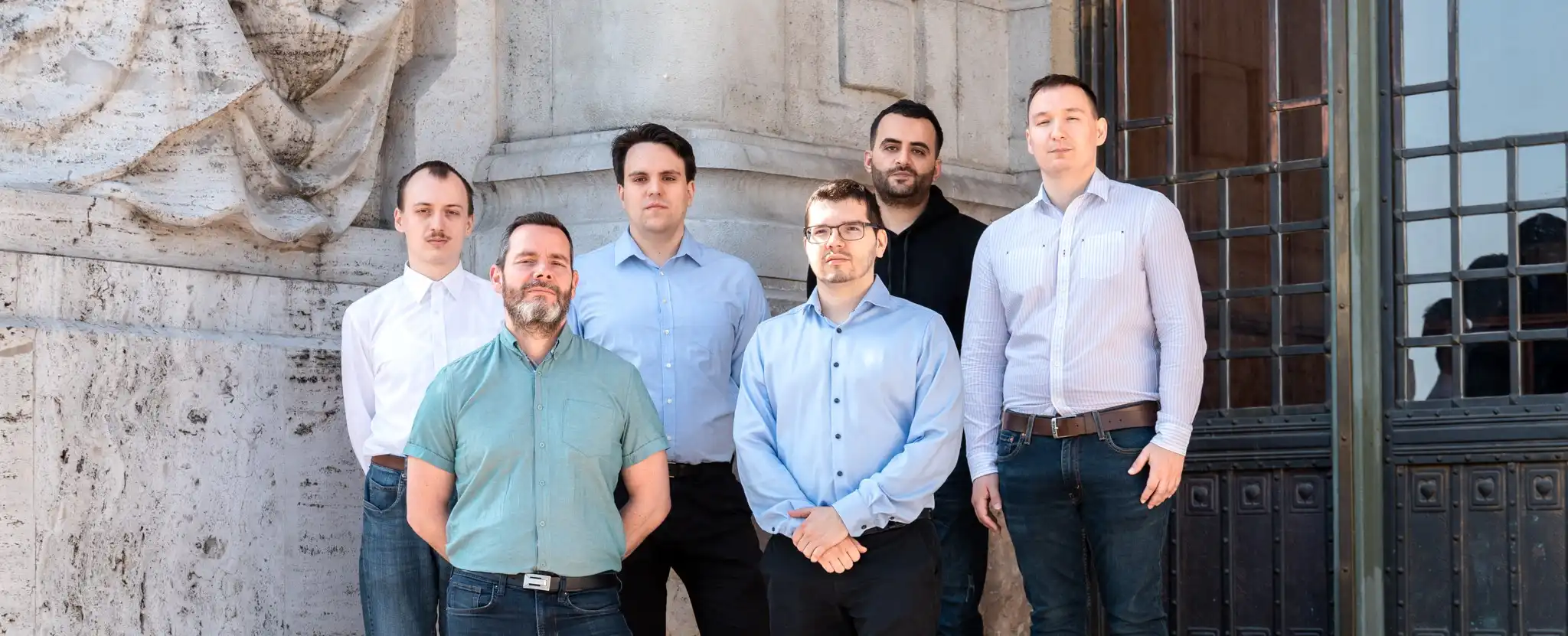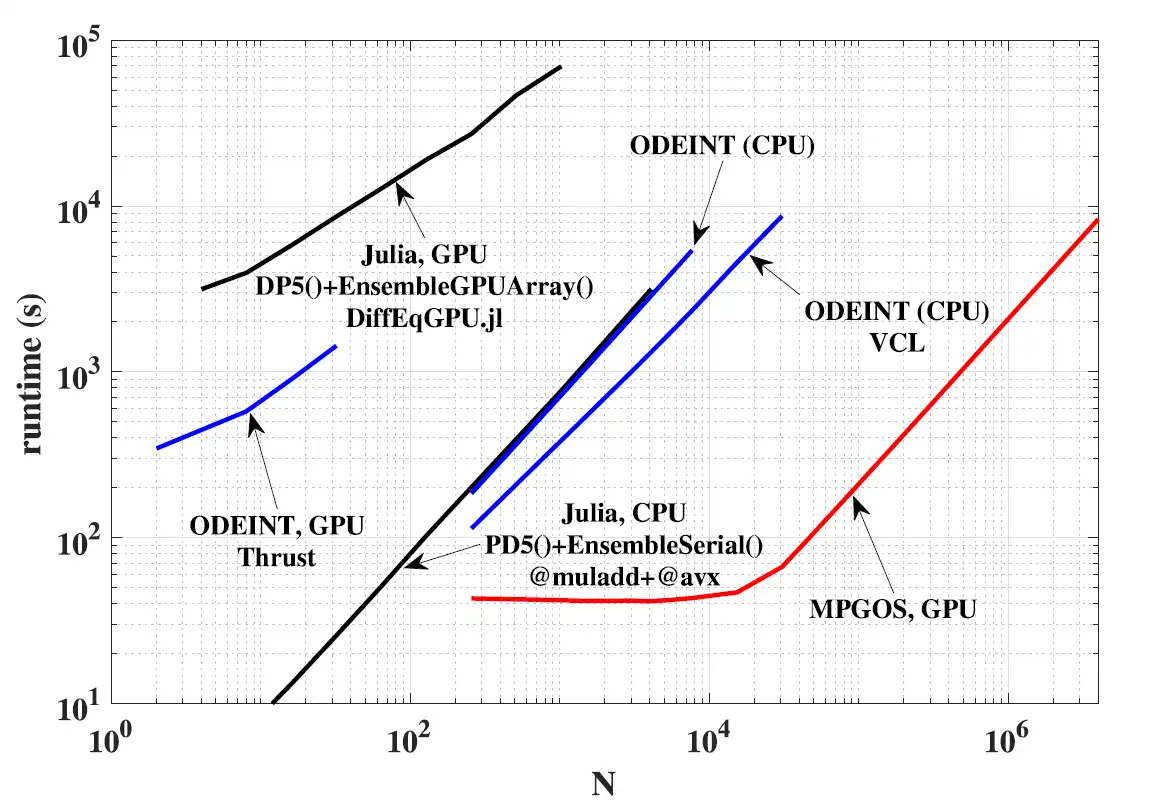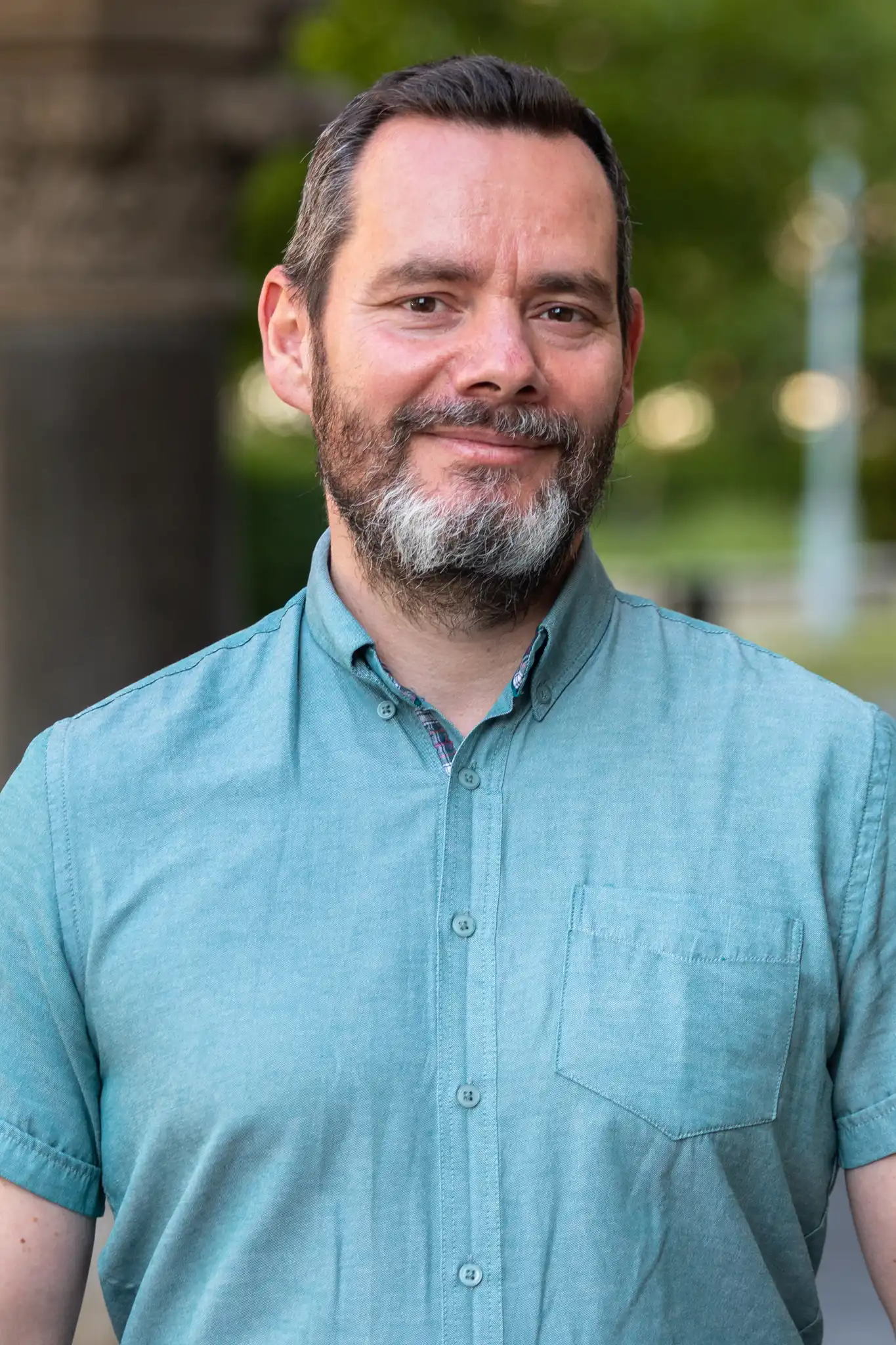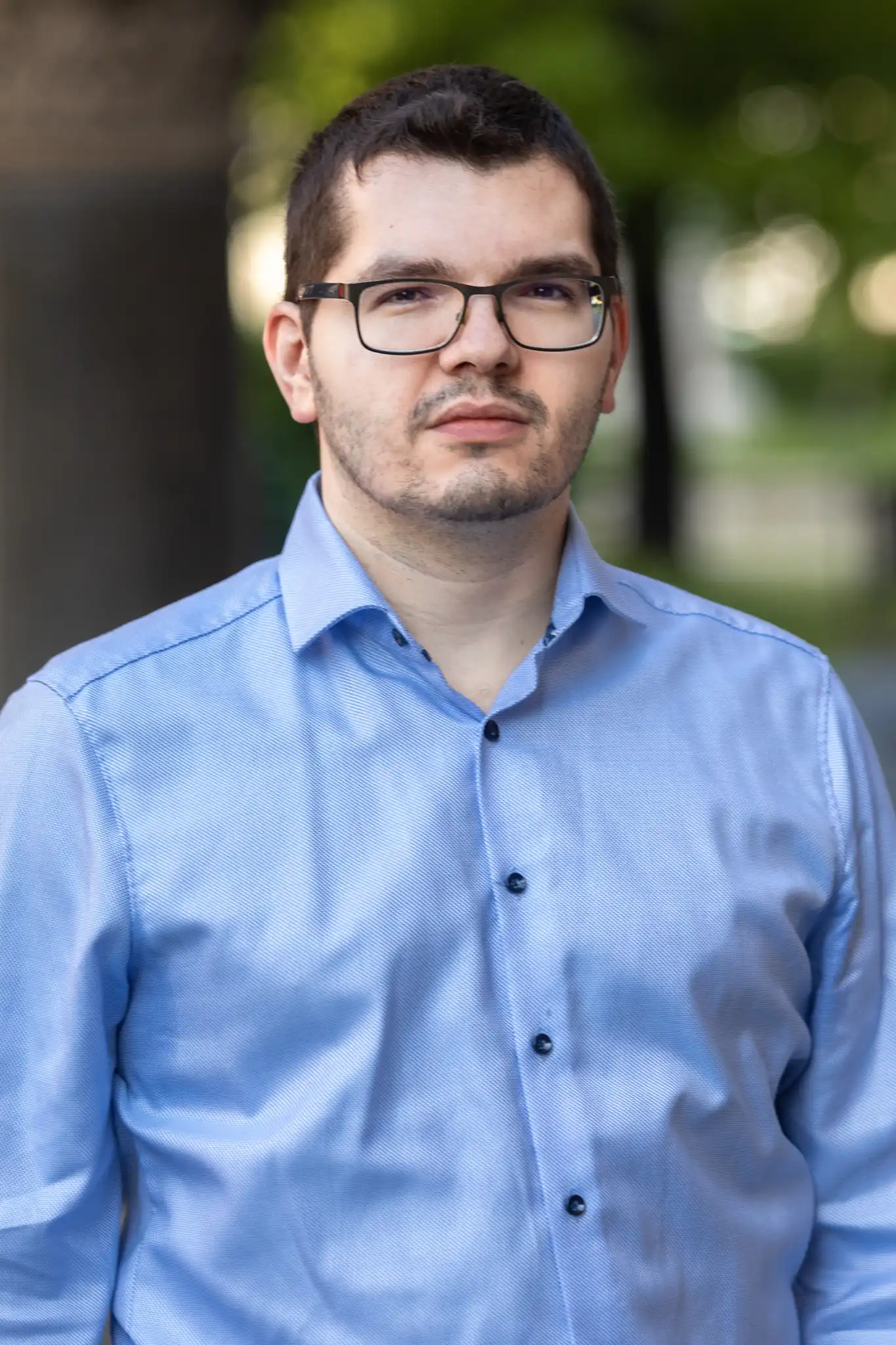
The research field of sonochemistry originates from the cavitation theory topic, which has a tradition of several decades at the Department. A special case of cavitation is when cavitation bubbles are created by high-intensity and high-frequency (20 kHz – 1 MHz) ultrasound irradiation. This is called acoustic cavitation. During the radial pulsation of the bubbles, the internal temperature can reach several thousand kelvin, which induces chemical reactions. The phenomenon has numerous chemical applications: the degradation of toxic substances in wastewater treatment, the production of nano-metal particles or the synthesis of various organic and inorganic chemical substances. The research group aims at improving the energy efficiency of sonochemical reactors.
One of the keys to reactor optimization is the creation of numerical simulations, including the programming of graphics cards (GPUs). The largest share of the performance of modern computer clusters and supercomputers is now provided by GPUs (Frontier: 98%, Komondor: 80%). Our research group does not only write codes specialized for sonochemistry, but also develops general-purpose ordinary and partial differential equation solvers.
Our research areas

Improving energy efficiency in sonochemical applications
Optimal operating strategies
One of the biggest challenges of sonochemical reactors is to improve their energy efficiency so that they can be economically applied in industry. Our goal is to develop operating strategies that can significantly improve chemical yield with minimal energy investment. To do this, we use large-scale numerical optimization methods, taking advantage of the high computing power of GPUs. With this, we create detailed chemical simulations of the chemical activity of the bubbles.
Ultrasound dissipation
Interaction between bubble cluster and acoustic wave
Homogeneous chemical activity is important in sonochemical reactors. Passing through a bubble cluster, ultrasound is scattered, and the intensity of the irradiation can also decrease due to the dissipation caused by the bubbles. In addition to developing optimal operating strategies, our further goal is to determine optimal bubble distributions: the optimal bubble radii and positions. To this end, we perform numerical simulations with the ALPACA multiphase flow simulation software package. The results provide detailed insight into the interaction of bubbles and the acoustic field.
Bubble cluster control
Controlling reactors with reinforcement learning
After determining the optimal bubble structure, the bubbles need to be positioned in the right place. This goes far beyond the scope of human intuition. Therefore, the problem is addressed by reinforcement learning. The positions are controlled by manipulating the acoustic field. The acoustic field is controlled by adjusting the intensity of the ultrasound irradiation. The intensities are adjusted at certain intervals by a neural network depending on the current bubble positions and the target positions.
Laser-generated bubbles
Bubble dynamics in laser surgery
We can also use the bubble dynamics experience gained during sonochemical simulations in other areas. One of our active topics is the dynamic behavior of laser-generated bubbles. The importance of the topic is given by laser surgeries, where the focused laser beam generates micrometer-sized bubbles. The main question is to understand the shock waves generated by the laser and bubble dynamics. These can destroy the surrounding tissues. We use the ALPACA software package for the simulations.

The MPGOS program package
General purpose GPU-ODE solver
The GPU programming experience gained during the sonochemical research was also used in a general-purpose ordinary differential equation solver. The program package is called MPGOS (Massively Parallel GPU ODE Solver). The package and detailed performance profiling are available at www.gpuode.com . Future goals include continuous improvement of the package and writing a user interface for handling it in MATLAB. The long-term goal is to include the package in the Parallel Toolbox system.








